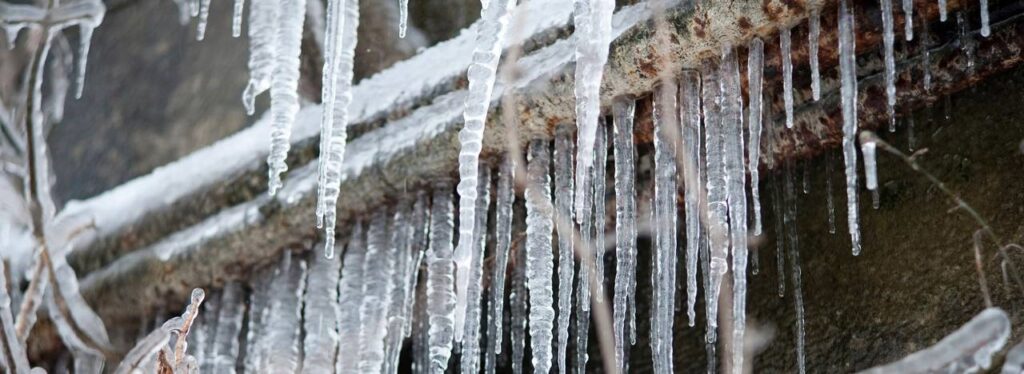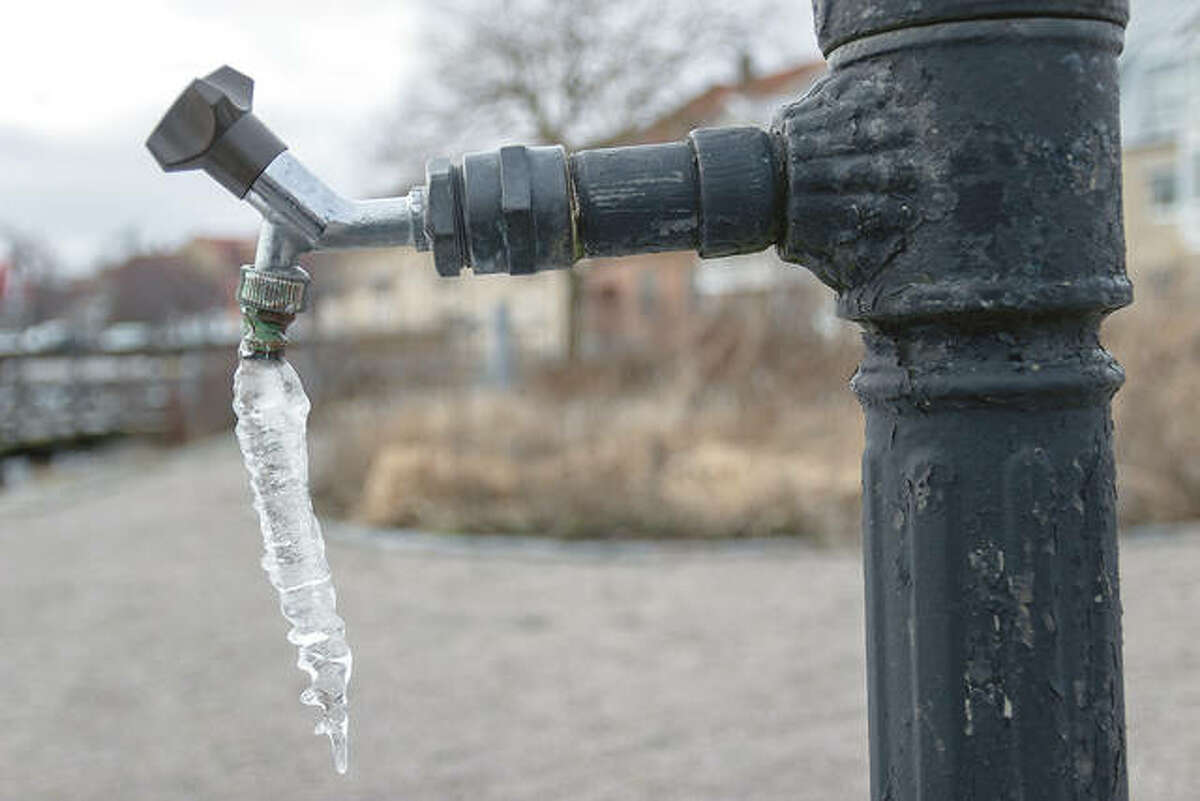We've stumbled on this great article involving Helpful Tips to Prevent Frozen Pipes this Winter down the page on the web and thought it made perfect sense to talk about it with you on my blog.

Winter can wreak havoc on your plumbing, especially by freezing pipes. Right here's exactly how to stop it from occurring and what to do if it does.
Introduction
As temperature levels decrease, the risk of icy pipes increases, possibly causing pricey repair services and water damages. Recognizing just how to prevent icy pipelines is vital for homeowners in cold environments.
Avoidance Tips
Protecting susceptible pipes
Cover pipes in insulation sleeves or use warmth tape to secure them from freezing temperatures. Concentrate on pipes in unheated or exterior locations of the home.
Heating strategies
Keep indoor spaces properly warmed, particularly locations with plumbing. Open up closet doors to allow warm air to distribute around pipelines under sinks.
How to recognize frozen pipelines
Search for lowered water flow from faucets, uncommon smells or noises from pipes, and visible frost on subjected pipelines.
Long-Term Solutions
Architectural modifications
Take into consideration rerouting pipelines far from outside wall surfaces or unheated areas. Add extra insulation to attics, basements, and crawl spaces.
Updating insulation
Purchase high-grade insulation for pipelines, attic rooms, and wall surfaces. Correct insulation assists preserve constant temperatures and decreases the risk of icy pipelines.
Securing Outside Plumbing
Yard tubes and outside faucets
Separate and drain pipes garden tubes prior to winter season. Install frost-proof spigots or cover outside faucets with insulated caps.
Comprehending Icy Pipelines
What creates pipelines to freeze?
Pipelines ice up when exposed to temperatures below 32 ° F (0 ° C) for prolonged periods. As water inside the pipes freezes, it expands, taxing the pipe wall surfaces and possibly causing them to rupture.
Threats and damages
Frozen pipelines can lead to water system disruptions, building damage, and costly fixings. Burst pipelines can flooding homes and create extensive architectural damage.
Signs of Frozen Piping
Determining icy pipes early can avoid them from rupturing.
What to Do If Your Pipes Freeze
Immediate actions to take
If you suspect frozen pipelines, keep taps open up to relieve stress as the ice thaws. Use a hairdryer or towels soaked in warm water to thaw pipes slowly.
Verdict
Stopping frozen pipelines needs proactive actions and quick responses. By recognizing the causes, indicators, and preventive measures, homeowners can protect their plumbing throughout winter.
5 Ways to Prevent Frozen Pipes
Drain Outdoor Faucets and Disconnect Hoses
First, close the shut-off valve that controls the flow of water in the pipe to your outdoor faucet. Then, head outside to disconnect and drain your hose and open the outdoor faucet to allow the water to completely drain out of the line. Turn off the faucet when done. Finally, head back to the shut-off valve and drain the remaining water inside the pipe into a bucket or container. Additionally, if you have a home irrigation system, you should consider hiring an expert to clear the system of water each year.
Insulate Pipes
One of the best and most cost-effective methods for preventing frozen water pipes is to wrap your pipes with insulation. This is especially important for areas in your home that aren’t exposed to heat, such as an attic. We suggest using foam sleeves, which can typically be found at your local hardware store.
Keep Heat Running at 65
Your pipes are located inside your walls, and the temperature there is much colder than the rest of the house. To prevent your pipes from freezing, The Insurance Information Institute suggests that you keep your home heated to at least 65 degrees, even when traveling. You may want to invest in smart devices that can keep an eye on the temperature in your home while you’re away.
Leave Water Dripping
Moving water — even a small trickle — can prevent ice from forming inside your pipes. When freezing temps are imminent, start a drip of water from all faucets that serve exposed pipes. Leaving a few faucets running will also help relieve pressure inside the pipes and help prevent a rupture if the water inside freezes.
Open Cupboard Doors
Warm your kitchen and bathroom pipes by opening cupboards and vanities. You should also leave your interior doors ajar to help warm air circulate evenly throughout your home.

I discovered that blog post about Winter Plumbing Precautions: Preventing Frozen Pipes while doing a search on the web. Those who enjoyed our blog posting please make sure you remember to pass it around. Many thanks for going through it.
This Site
Comments on “Advice for Preventing Frozen Plumbing in Winter: Specialist Insights”